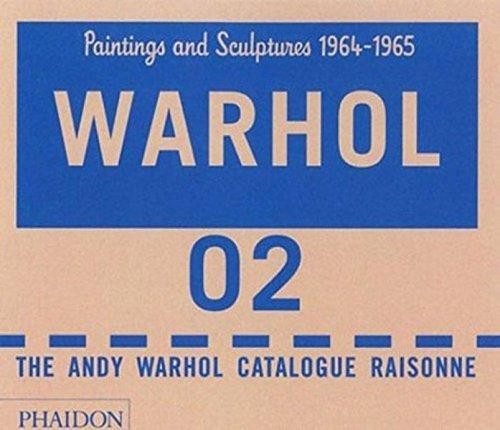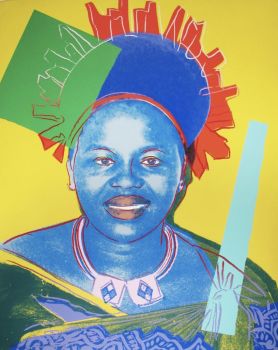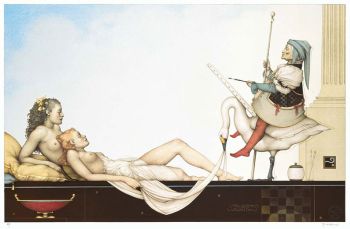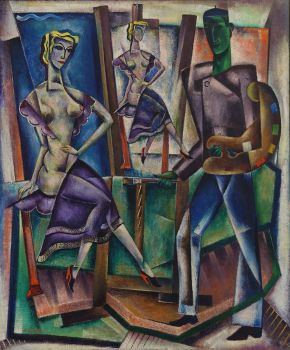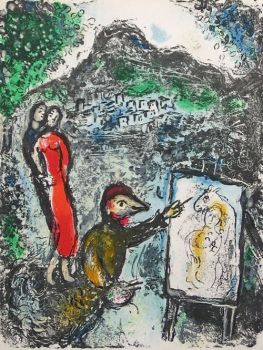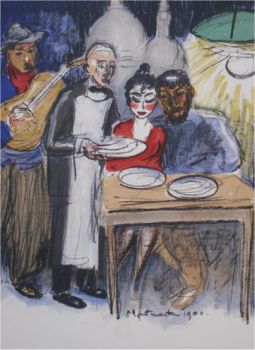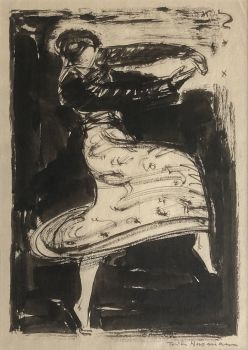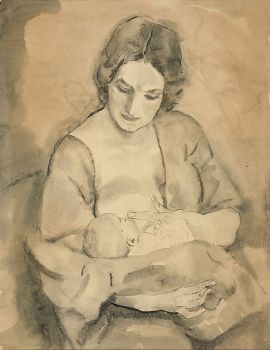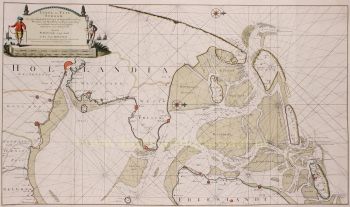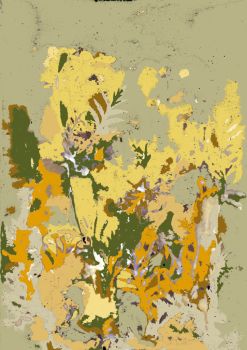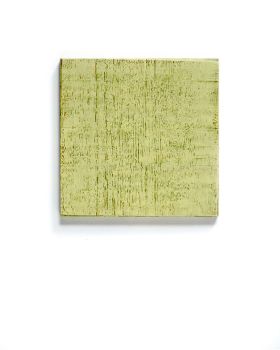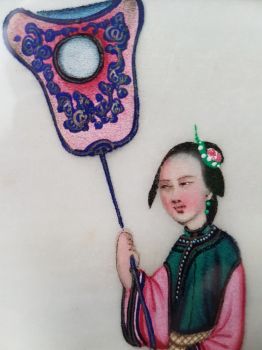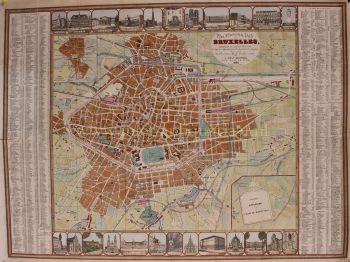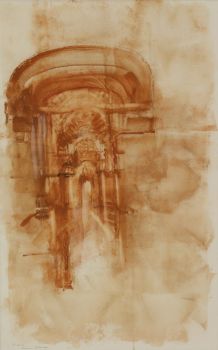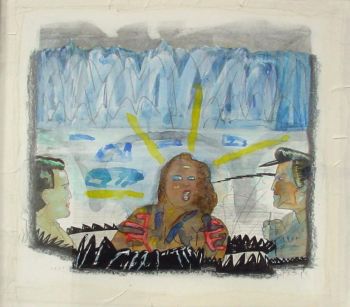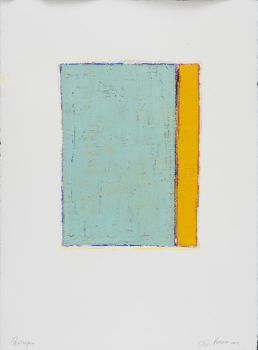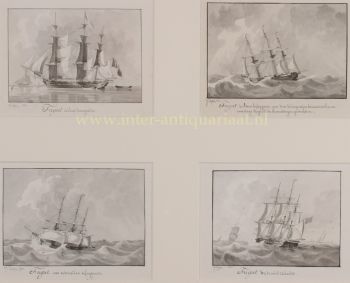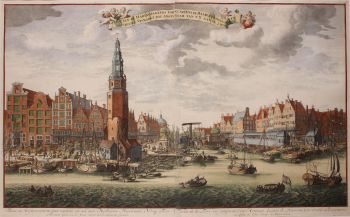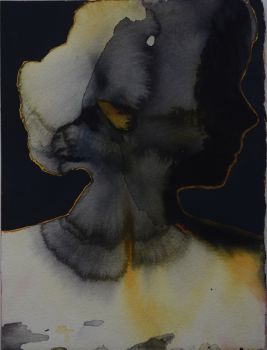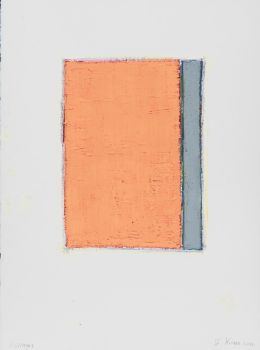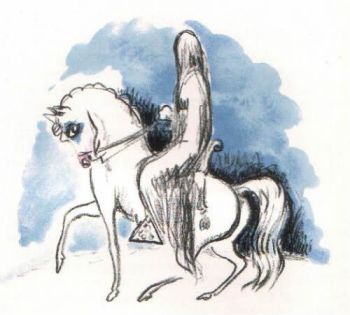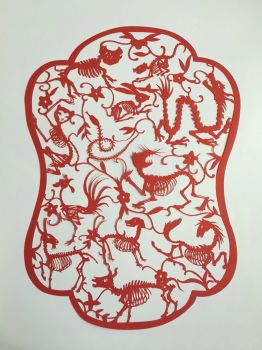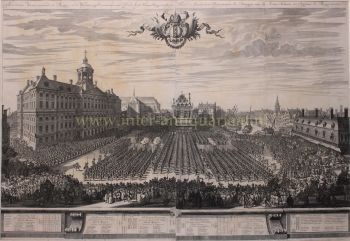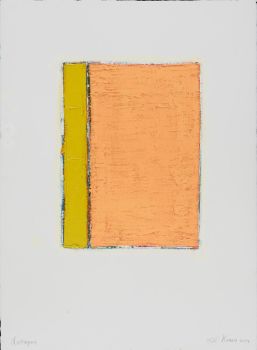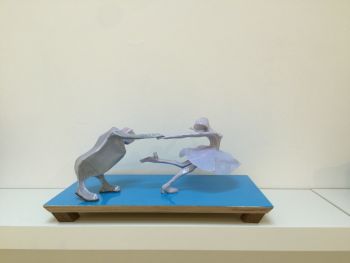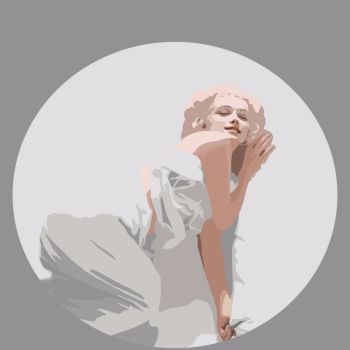Andy Warhol. Catalogue Raisonné. Paintings and Sculptures 1964-1969. Volume 2 2004
Andy Warhol
Carta
25 ⨯ 29 cm
Attualmente non disponibile tramite Gallerease
Scriptum Art Books
- A proposito di opere d'arteWARHOL - Frei, George & Thomas Printz: July 2004, (29 x 25 cm), 850 pp. English text, 1460 colour ills., 130 b/w. ills., 2 volumes, hardcover in carton slipcase.
Andy Warhol (1928-1987) is arguably the most iconic figure of twentieth-century art, a highly enigmatic personality who not only altered the definition of art itself but also left in his wake a vast and staggeringly complex record of his activities. Warhol's archive consists not only of his artworks but also of 1,500 cardboard boxes, flat files and trunks filled with source material, memorabilia, correspondence and junk mail. The catalogue raisonné constitutes an indispensable record of the artist's paintings, drawings and sculptures: some 15,000 works produced by the artist between 1948 and 1987, the year of his death. Volume 2 documents the artist's paintings, sculpture and installations made between 1964 and 1969, the important period known as 'The Factory Years', when Warhol began to acquire Pop Art fame as well as a cadre of collaborators and groupies - all of which made 'The Factory' into one of the most mythologized artist's studios ever, and Warhol's work at this time emblematic of his career as a whole. This volume documents 23 series and more than 1,400 individual works, including the well-known series Thirteen Most Wanted Men, the box sculptures, approximately 300 works in the Jackie series, and the 1964 and 1964-5 Flowers series, amongst others. As in Volume 1, Volume 2 includes a fascinating collection of source material: especially the rare studio photographs taken by Billy Name-Linich, who became The Factory's first de facto photographic historian. In this volume, editors Georg Frei and Neil Printz focus on Warhol's serial production, analysing the evolution of Warhol's working methods and the growing relationship between Warhol's exhibitions and his studio production. They establish a sophisticated and extensive chronology for the works of this period, many of which have been difficult to locate and to date, due to their seriality. The text provides both a compelling overview and an unparalleled deconstruction of Warhol's riveting story. The project is co-sponsored by the Andy Warhol Foundation for the Visual Arts in New York and by Thomas Ammann Fine Art in Zurich. - A proposito di opere artista
Andy Warhol è nato Andrew Warhola il 6 agosto 1928 a Pittsburgh. Ha ricevuto il suo B.F.A. dal Carnegie Institute of Technology, Pittsburgh, nel 1949. Nello stesso anno si trasferì a New York, dove presto ebbe successo come artista pubblicitario e illustratore. Durante gli anni '50, i disegni di Warhol furono pubblicati su Glamour e altre riviste ed esposti nei grandi magazzini. Divenne noto per le sue illustrazioni delle scarpe I. Miller. Nel 1952 la Hugo Gallery di New York presenta una mostra di illustrazioni di Warhol per gli scritti di Truman Capote. Ha viaggiato in Europa e in Asia nel 1956. All'inizio degli anni '60, Warhol ha iniziato a dipingere personaggi di fumetti e immagini derivate da pubblicità; questo lavoro era caratterizzato dalla ripetizione di soggetti banali come le bottiglie di Coca-Cola e le lattine di zuppa. Ha anche dipinto celebrità in questo momento. Il nuovo dipinto di Warhol fu esposto per la prima volta nel 1962, inizialmente alla Ferus Gallery, Los Angeles, poi in una mostra personale alla Stable Gallery, New York. Nel 1963, aveva sostituito un processo di serigrafia per la pittura a mano. Lavorando con gli assistenti, ha prodotto serie di disastri, fiori, mucche e ritratti, oltre a facsimile tridimensionali di scatole Brillo e cartoni di altri noti prodotti per la casa. A partire dalla metà degli anni '60, al The Factory, il suo studio di New York, Warhol si concentrò sulla realizzazione di film caratterizzati dalla ripetizione e dall'enfasi sulla noia. All'inizio degli anni '70, ha ricominciato a dipingere, tornando alla pennellata gestuale, e ha prodotto ritratti monumentali di Mao Tse-tung, ritratti su commissione e la serie della falce e del martello. Si interessò anche alla scrittura: la sua autobiografia, The Philosophy of Andy Warhol (From A to B and Back Again), fu pubblicata nel 1975 e The Factory pubblicò la rivista Interview. Una grande retrospettiva del lavoro di Warhol organizzata dal Pasadena Art Museum nel 1970 ha viaggiato negli Stati Uniti e all'estero. Warhol morì il 22 febbraio 1987 a New York.
Sei interessato ad acquistare questa opera d'arte?
Artwork details
Related artworks
- 1 - 1 / 1
Hermann Nitsch
"UNDER MY SKIN" Signed book incl. small artwork and DVD in a matching box2010 - 2014
Prezzo su richiestaGallerease Selected
Yoko Ono
YOKO ONO: "ARISING" SIGNED BOOK PLUS SMALL ARTWORK 2010 - 2014
Prezzo su richiestaGallerease Selected
Tilmanus Nicolaus Maastricht
Missale Romanum con fornimenti d'argento olandesi1788 - 1792
Prezzo su richiestaJacob J. Roosjen SRI
1 - 4 / 22Marc Chagall
Devant Saint-Jeannet - Near Saint-Jeannet1972
Prezzo su richiestaHans den Hollander Prints
1 - 4 / 7- 1 - 4 / 24

